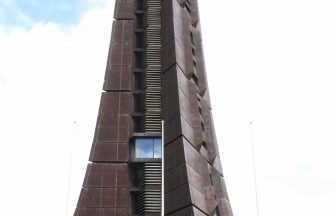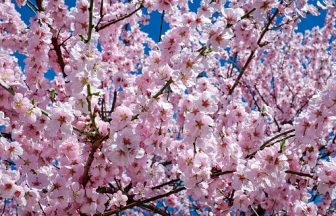A pilgrimage to the Holy Land
An area called Kamuikotan has long been considered a holy place to the Ainu people.
Although it is well known as one of the Asahikawa’s scenic spots, the number of visitors to Kamuikotan has not been large in winter. But there is something different about the situation. There are more tourists coming this area this year.
The reason is to make a pilgrimage to the Holy Land. Kamuikotan is one of the stages of popular anime “Golden Kamui.” In the story, a man nicknamed “Invincible sugimoto”, a survivor of the Russo-Japanese war of the Meiji era, and an Ainu girl seek the riches in the far northern lands of Japan, Hokkaido.
It is an area where the Ishikarigawa river flows through a steep gorge. Kamuikotan means Devine Settlement. “Kamui” means deity and “kotan” means abode in the Ainu language.
The Ainu traditions and beliefs surrounding this and other places in the Kamikawa region were granted Japan Heritage status this year.
Takeshiro Matsuura (1818-88) recorded about this area in detail. He wrote that Kamuikotan’s features were carved by fast-flowing water. He described this area like this: “Mountains are very steep, old trees look robust and stones have mysterious shapes,” “a valley echoing with angry water,” and “dragons and serpents seem to be lurking.”
Cross The Kamuikotan Suspension Bridge “Kamui Ohashi” (Kamui Big Bridge) spanning the valley. You can feel as if you are undertaking a life-risking adventure in Hokkaido in Meiji era.




